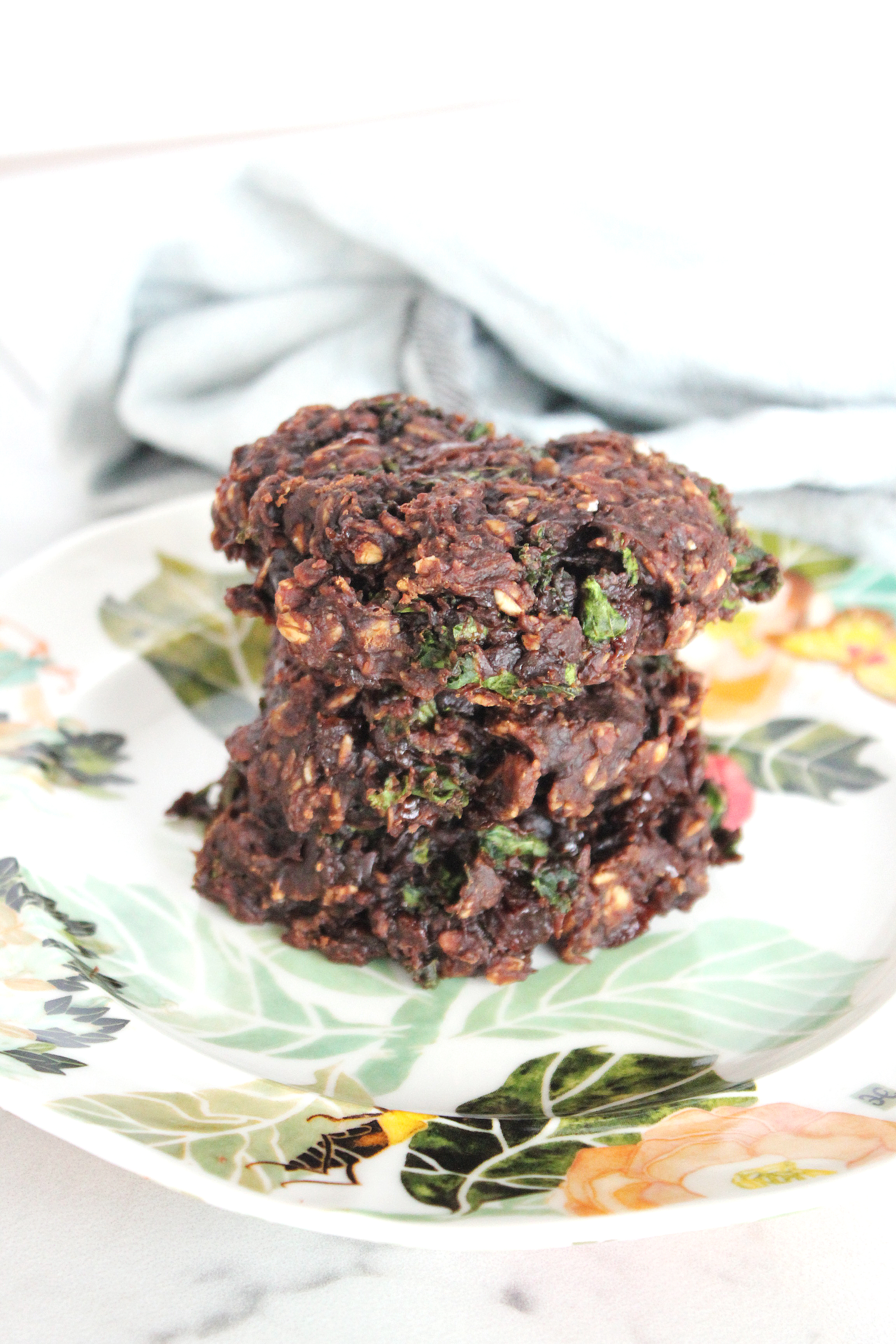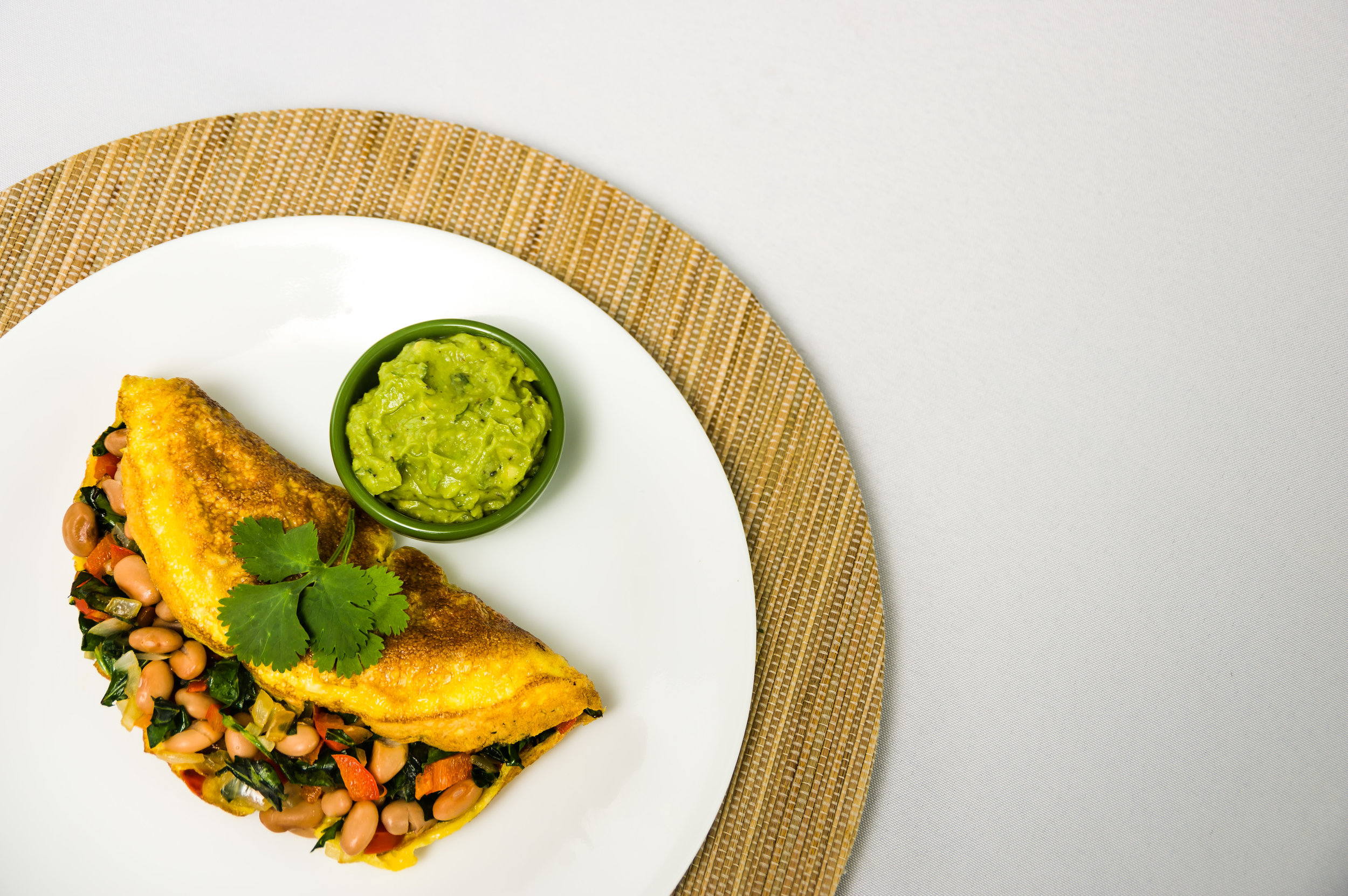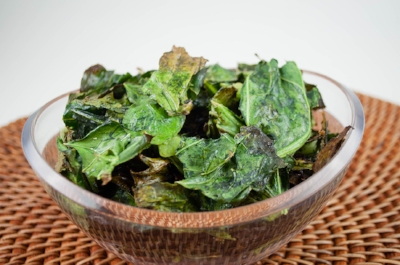by Dr. Sonali Ruder (@thefoodiephysician)
Pregnancy is truly a life-changing experience. During pregnancy, your body goes through profound changes and certain nutrients are needed to fuel those changes. Following a well-balanced diet rich in nutritious, whole foods is an important aspect of a healthy pregnancy. It helps increase your chances of having a smooth pregnancy and also gives your developing baby the healthiest possible start in life. Basically, a healthy diet helps make a healthy baby!
During pregnancy, you need to consume more calories and protein than before you were pregnant. You also need to consume more micronutrients including folic acid, iron and calcium. These are essential for the proper growth and development of your baby as well as for your own health during pregnancy. It’s recommended that pregnant women take a prenatal vitamin to fill in any nutritional gaps. But did you know that you can get these nutrients from foods such as leafy greens?
One cup of chopped turnip greens provides a whopping 107 micrograms of folate, which is 27% of the recommended daily amount. It also provides 105 milligrams of calcium, which is 10% of the recommended daily amount. Other greens like kale, collards and mustard greens all provide these nutrients as well, in varying amounts. In addition, leafy green vegetables also provide an array of other important nutrients including fiber, vitamin A, vitamin C, vitamin K, potassium, manganese and copper.
Folate is one of the most important vitamins needed in pregnancy. It’s essential for the synthesis of DNA and for proper cell division. It’s especially important for the development of the neural tube, which forms the baby’s brain and spinal cord. Folate is found naturally in foods like leafy green vegetables, lentils, asparagus, and beets. Folic acid is a form of folate that is used in dietary supplements and foods. In the United States, breads, cereals, flours, pasta, rice and other grain products are supplemented with folic acid.
Iron is necessary for making hemoglobin, the protein in your red blood cells that carries oxygen to your organs and tissues as well as to your baby. During pregnancy, you need much larger amounts of iron to support the growth of your baby and placenta. Like folate, many grain products are supplemented with iron. Leafy green vegetables such as kale, mustard greens and spinach also provide iron. However, the type of iron found in plant-based foods (non-heme iron) is not as easily absorbed by our bodies as the iron found in meat, seafood and poultry (heme iron). A simple way to increase the amount of iron absorbed from vegetables is to eat vitamin C-rich foods with your meals. Vitamin C greatly increases the amount of iron your body absorbs. So the next time you’re sautéing some kale or mustard greens, sprinkle some lemon juice on top or throw in some bell peppers, which provide a good amount of vitamin C.
Calcium is the most abundant mineral in our bodies. Although 99% of it is stored in our bones and teeth, calcium serves many vital functions including maintaining a normal heartbeat, contracting muscles, transmitting nerve impulses, and clotting blood. It’s important for pregnant women to get enough calcium, especially during the third trimester when your baby’s bones are rapidly growing and their teeth are forming. If you don’t get enough calcium in your diet, your body will withdraw calcium from your own bones to supply your baby’s needs. Kale, collards, turnip greens and mustard greens are all a very good natural source of calcium. Calcium is also added to many foods like orange juice, plant-based milks, tofu, cereals and bread.
So how can you incorporate more leafy green vegetables into your diet? Leafy greens can be added to a wide variety of dishes to add a boost of nutrition. You can enjoy them raw in salads or add them to dishes like soups, stews, pasta sauces, and stir-fries. Smoothies are another great way to incorporate greens into your diet. During pregnancy, there may be times when you don’t have much of an appetite and cold drinks may be better tolerated. To make a delicious smoothie, simply toss a handful of chopped greens to a blender along with your favorite fruit (like mango, pineapple, apple or watermelon) and some Greek yogurt or almond butter for a boost of protein and healthy fat. Add ice and blend away!
More information and recipes can be found in my cookbooks, Natural Pregnancy Cookbook: Over 125 Nutritious Recipes for a Healthy Pregnancy and Natural Baby Food: Over 150 Wholesome, Nutritious Recipes For Your Baby and Toddler.
www.thefoodiephysician.com









































